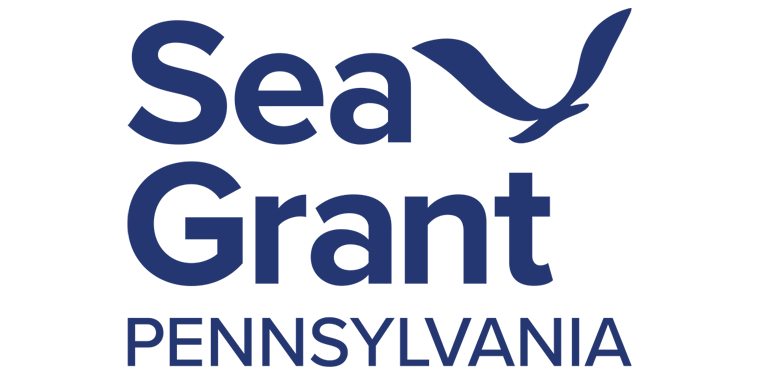Research Topic: A Paradigm Shift: Re-Evaluating Phragmites and Phragmites Management in Terms of Coastal Resilience
Watch this featured research video
Overview
Coastal wetlands of the Delaware River Estuary and much of North America are converting at a rapid pace to near-monocultures of the invasive lineage of the common reed Phragmites australis (hereafter Phragmites). Unfortunately, we know surprisingly little about how Phragmites invasion affects coastal blue carbon, specifically carbon (C) sequestration or soil C processes (e.g. soil respiration and methane emissions) in the ecosystems it invades. Furthermore, we know even less about how management of Phragmites affects ecosystem resilience.
Effective management of invasive species requires an understanding on the net effects of land management practices on ecosystem processes that drive ecosystem resilience (e.g. soil carbon storage and surface elevation gain). My objective of this research project was to evaluate the effects of Phragmites australis management on ecosystem resilience and coastal blue carbon. Leveraging Phragmites restoration at the John Heinz National Wildlife Refuge, I measured coastal blue carbon pools, C cycle processes, and surface elevation in four different management outcomes. This research aims to generate guidelines for use in wetland restoration and management of Phragmites to improve ecosystem resilience. The information may be particularly important in wetlands restored for carbon sequestration credits or the management of wetlands for ecosystem resilience to sea level rise.



